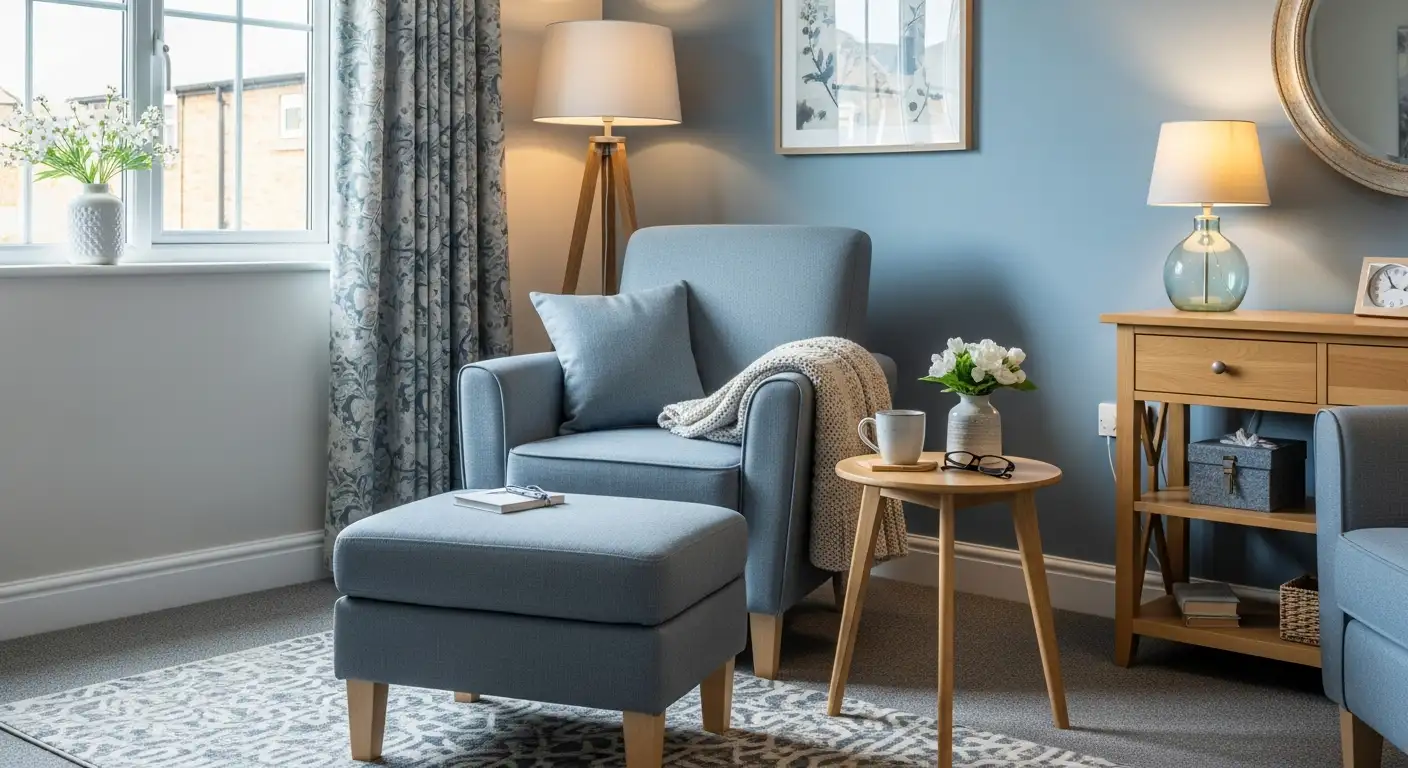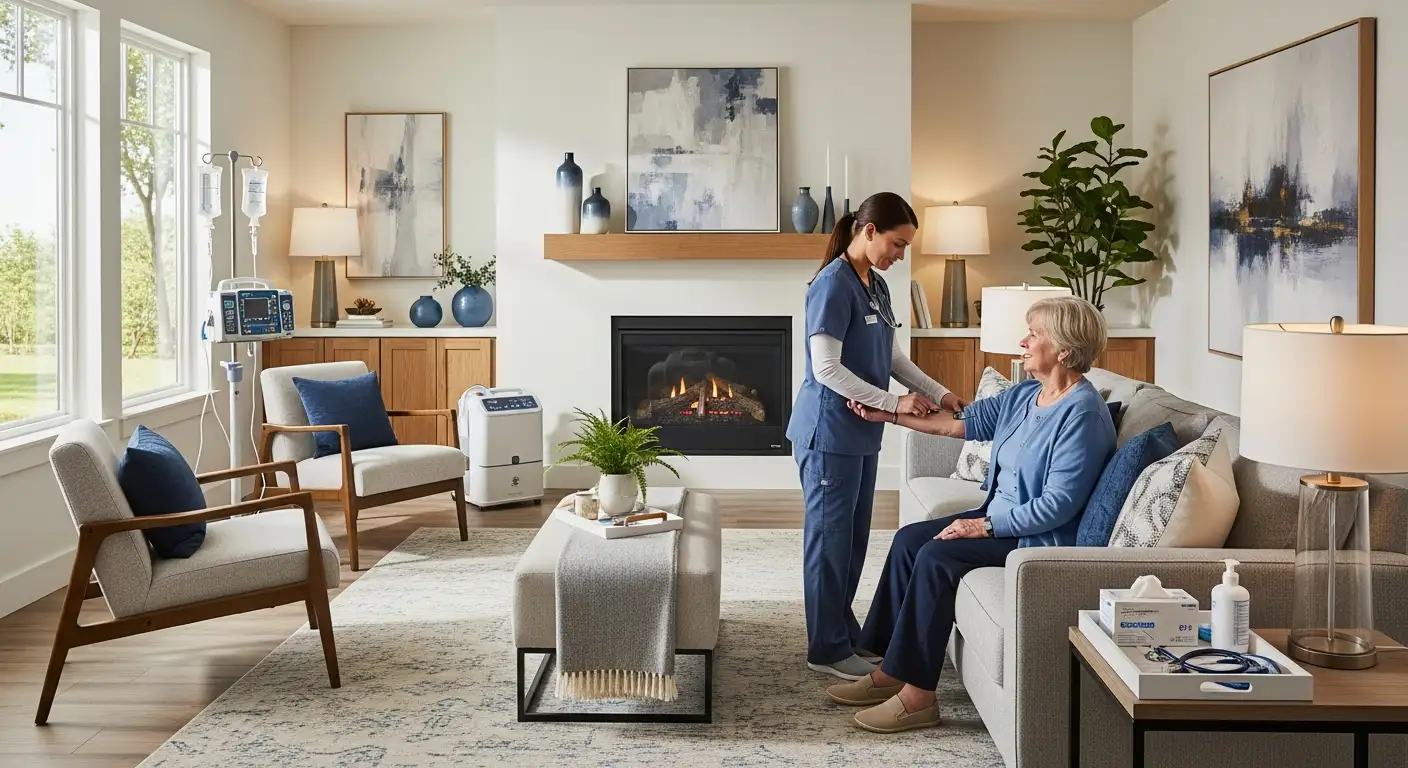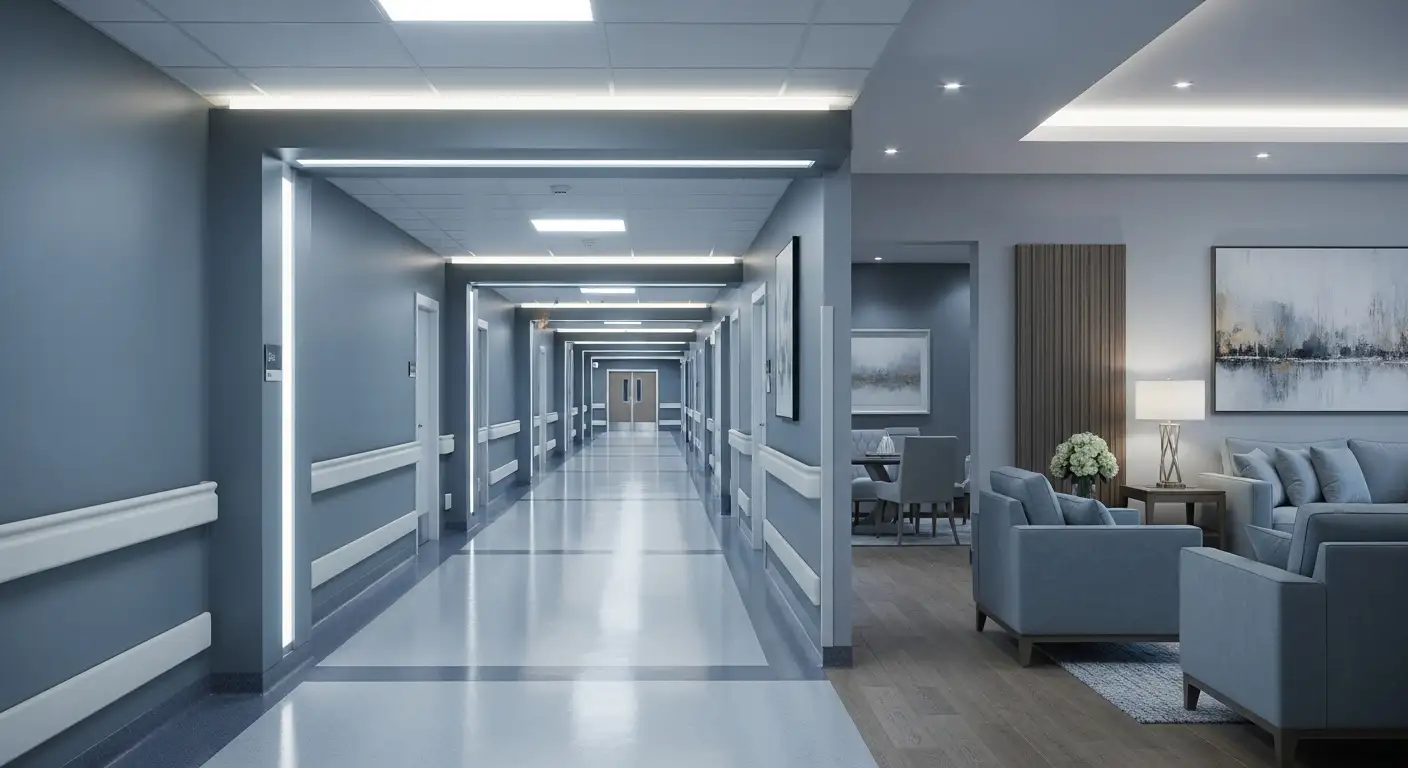A Safer Environment for Aging in Place
Falls are a leading cause of injury among older adults, often resulting in serious injuries, loss of independence, and significant healthcare costs. Homemaking services play a critical role in reducing these risks by creating safer, more accessible living environments. By combining environmental modifications, personalized interventions, and caregiver support, these services help seniors age safely at home, fostering independence and well-being.
Key Components of Fall Prevention for Seniors
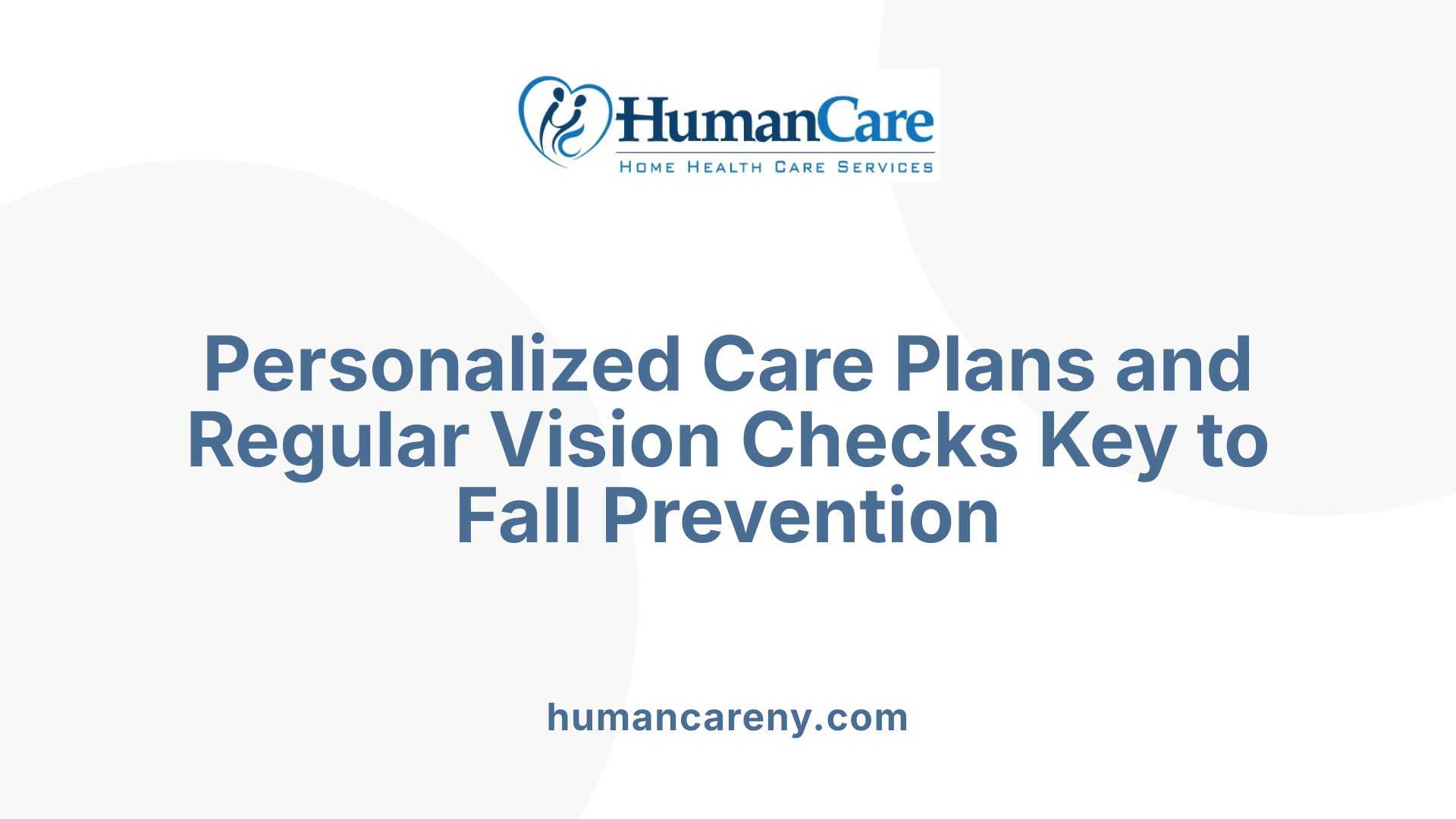
What are the key steps to prevent falls among seniors?
Preventing falls in older adults involves a combination of environmental adjustments, physical activity, medical management, and personalized care plans.
First, engaging in regular exercise routines that enhance strength, balance, and flexibility is fundamental. Activities such as tai chi, yoga, or strength training help improve coordination and muscle control, reducing the likelihood of falls.
Second, modifying the home environment to make it safer is vital. This includes installing adequate lighting—especially motion-activated lights—removing clutter and loose rugs, and adding supportive features like grab bars in bathrooms and handrails along staircases.
Third, the use of assistive devices can significantly support mobility. Canes, walkers, and grab bars, when correctly fitted and used properly, provide stability and prevent slips or trips.
Regular vision checks and medication reviews are important for identifying and minimizing risks associated with sensory impairments or side effects such as dizziness or confusion. Managing chronic health problems and adjusting medications under medical supervision can reduce fall-related hazards.
Lastly, implementing personalized care strategies, which may include home hazard assessments, physical therapy, and education for seniors and caregivers, allows for tailored interventions. These plans address individual risk factors such as muscle weakness, medication effects, or environmental hazards.
Collectively, these steps create a comprehensive approach, significantly lowering the risk of falls and related injuries among older adults.
The Power of Home Modifications and Safety Assessments
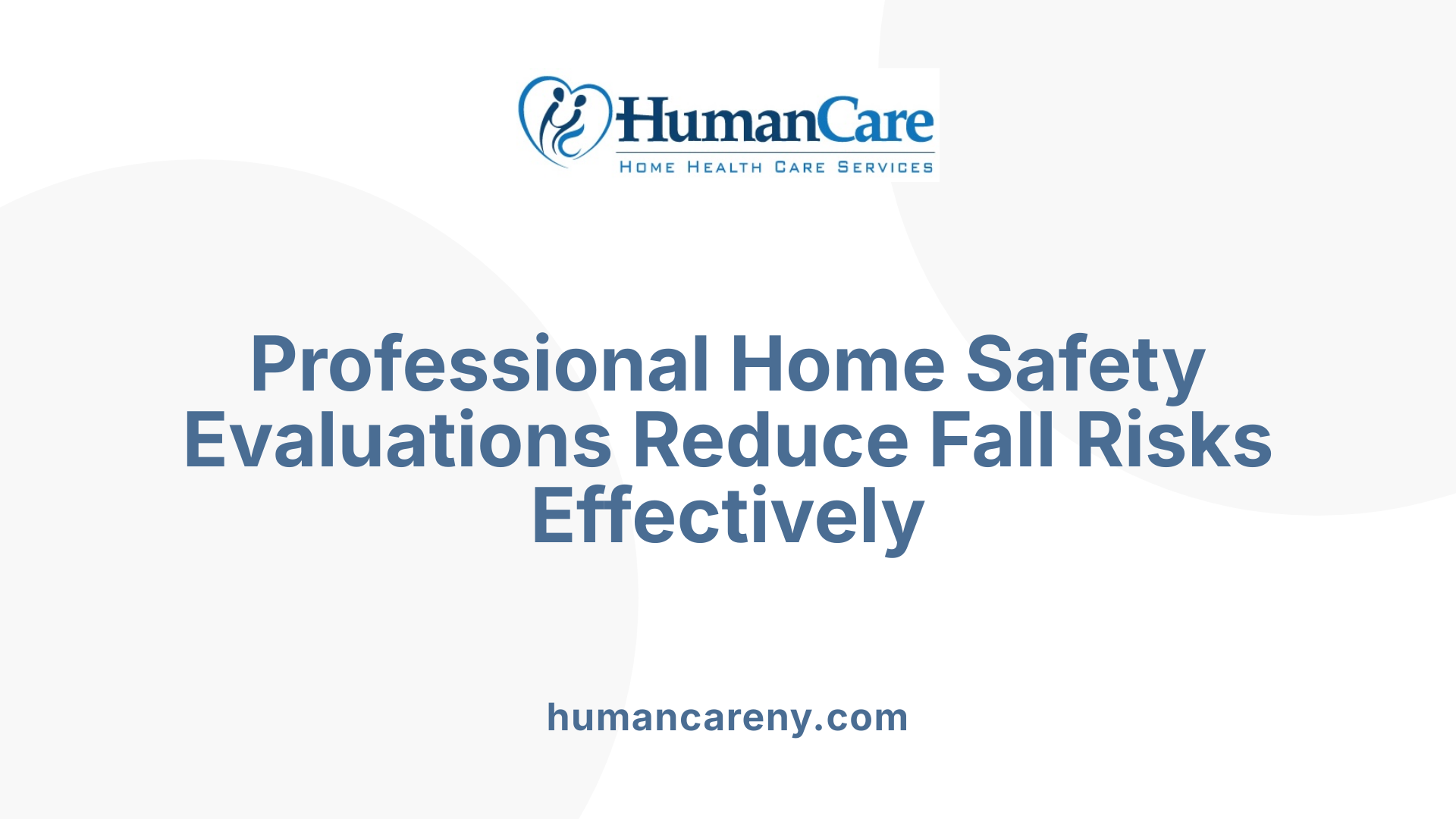
What role do home modifications and safety assessments play in preventing falls?
Home modifications and safety assessments are critical tools in reducing fall risks among older adults living independently. They focus on making living environments safer and more accessible.
Installing supportive fixtures such as grab bars in bathrooms, handrails along stairways, non-slip mats, and ensuring good lighting are simple yet effective measures. These features help prevent slips and trips that are common causes of falls.
Trained professionals, including nurses, physiotherapists, and occupational therapists, conduct thorough home hazard evaluations. They identify specific risks like loose rugs, clutter, poor lighting, and uneven flooring.
Based on these assessments, tailored modifications are recommended. For example, removing excess furniture clogging walkways, repairing carpets, or installing motion-activated illumination schemes. In bathrooms, adaptations like curb-less showers, transfer benches, and strategically placed grab bars enhance safety.
Regular safety evaluations ensure ongoing hazard management. These assessments are vital because environmental conditions and physical capabilities can change over time. Adjustments, such as adding extra supports or modifying lighting, help maintain a safe environment.
Additionally, frameworks like the IPEST manual provide evidence-based guidelines to shape assessment protocols and intervention strategies. This structured approach ensures consistency and effectiveness in fall prevention efforts.
Overall, home modifications and assessments create a safer, more supportive environment. They promote independence, reduce injury risks, and help seniors maintain an active, fulfilling lifestyle.
How Homemaking Services Support Fall Prevention
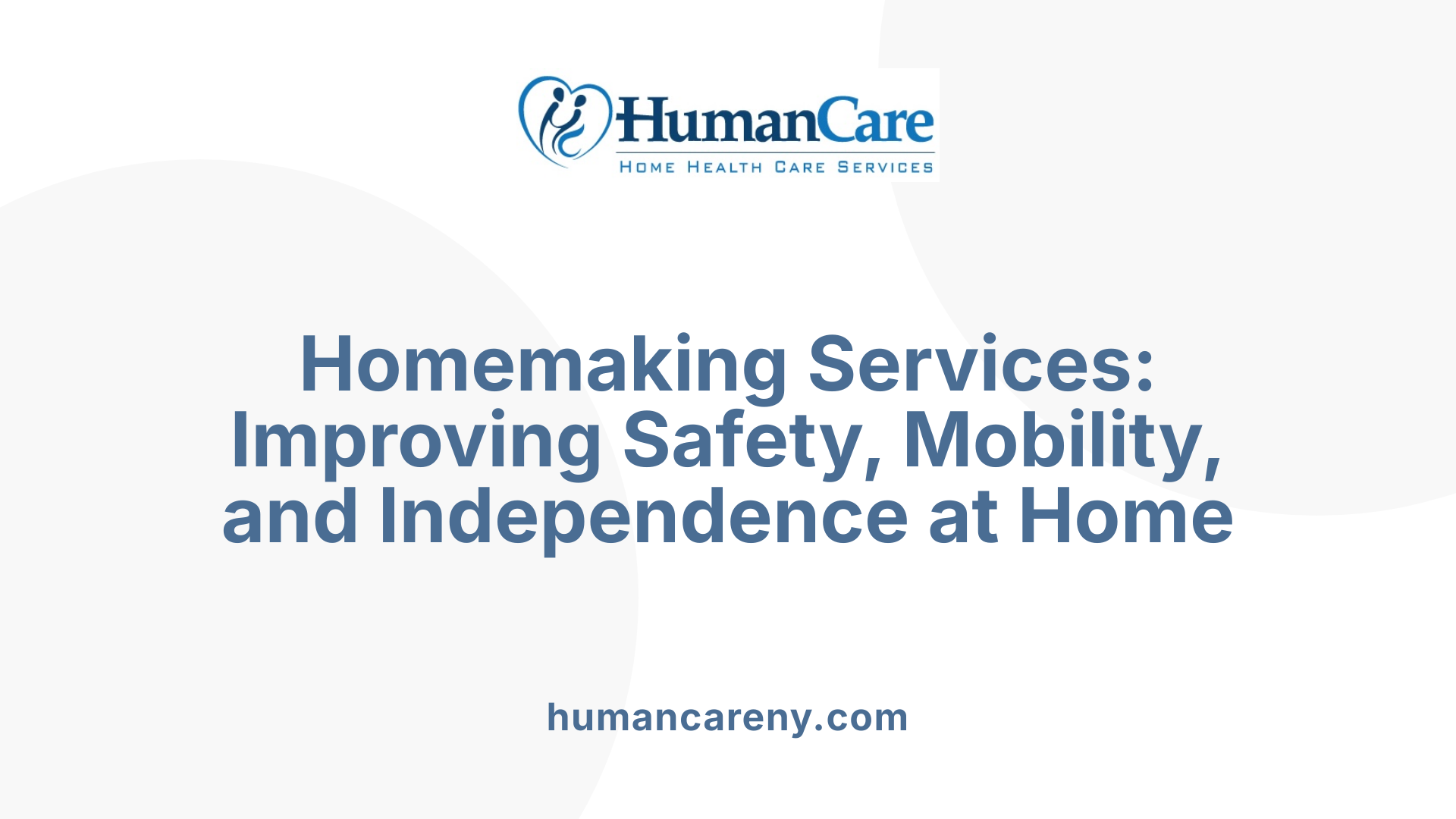 Homemaking services play a vital role in lowering fall risks for older adults living at home. They start by conducting comprehensive safety assessments to identify hazards that may cause accidents. Common issues such as loose rugs, poor lighting, cluttered walkways, and unsecured carpets are addressed through targeted interventions.
Homemaking services play a vital role in lowering fall risks for older adults living at home. They start by conducting comprehensive safety assessments to identify hazards that may cause accidents. Common issues such as loose rugs, poor lighting, cluttered walkways, and unsecured carpets are addressed through targeted interventions.
Implementing modifications like installing grab bars in bathrooms, adding handrails along stairs, and improving lighting—especially with motion-activated lights—helps prevent slips, trips, and falls. These adjustments are essential in key areas like stairwells and bathrooms, where falls are most common.
Supporting physical activity is another critical aspect. Homemaking providers often encourage participation in balance and strength exercises such as Tai Chi, walking, or chair exercises. These activities help maintain mobility, improve stability, and reduce fall risks.
Education is a cornerstone of fall prevention. Caregivers inform seniors and their families about hazards to watch for, proper footwear choices, and emergency preparedness plans. Knowing how to navigate the home safely and recognizing hazardous conditions helps foster independence while avoiding accidents.
Moreover, homemaking services assist with daily activities. They help with safe mobility support—such as guiding seniors during transfers and walking—and manage clutter to ensure clear walking paths. These services also help organize household items within easy reach, reducing the need for risky reaching or climbing.
Ultimately, these tailored interventions create a safer home environment. Combining environmental modifications, activation of physical health, and education significantly reduces the likelihood of falls, contributing to the health and independence of older adults.
Evidence Supporting Homemaking and Home Safety Interventions
Recent research underscores the effectiveness of homemaking and home safety interventions in reducing fall incidents among older adults. Studies indicate that comprehensive assessments of home hazards, followed by tailored modifications, significantly decrease the likelihood of falls. For example, programs that include installing grab bars, improving lighting, removing clutter, and securing loose rugs have demonstrated nearly a 40% reduction in falls.
Community-based fall prevention initiatives further validate these findings. In one notable program, trained professionals, including occupational therapists and home health aides, conduct home hazard assessments for high-risk seniors. The intervention involved environmental modifications alongside physical activity programs such as Tai Chi and strength training. This integrated approach not only lowered fall rates but also resulted in considerable healthcare cost savings, with some studies estimating a reduction of over $1,600 per person annually.
The role of professionals is crucial in delivering effective interventions. Trained occupational and physical therapists perform detailed home assessments and recommend specific safety improvements. Their expertise ensures that modifications address individual needs—such as installing non-slip mats, mobility supports, and ensuring adequate lighting—thus enhancing safety while maintaining independence.
Data consistently show that these interventions reduce injuries from falls and associated healthcare expenses. For example, a community program in the U.S. documented a substantial decline in fall-related hospitalizations and emergency visits after implementing home safety modifications combined with personalized exercise routines.
In sum, the evidence strongly supports a multifaceted approach combining environmental adjustments, exercise programs, and educational support, led by trained professionals. This strategy effectively prevents falls, improves quality of life, and offers significant economic benefits.
Empowering Safe Aging in Place
In conclusion, preventing falls among the elderly requires a multifaceted approach that includes home safety modifications, targeted interventions, education, and support from dedicated homemaking services. These efforts significantly decrease fall risks, promote independence, and improve quality of life. As community and healthcare systems continue to recognize and implement evidence-based fall prevention strategies, aging in place safely becomes an increasingly attainable goal for seniors everywhere.
References
- Home and environmental hazards modification for fall prevention ...
- How Home Health Care Reduces the Risk of Falls in Seniors
- Home Modification Tools and Tips to Help Prevent Falls
- Preventing Falls at Home: Room by Room | National Institute on Aging
- Prevent Falls in Your Home - My HealtheVet
- Fall-prevention program can help reduce harmful in-home falls by ...
- 5 Essential Ways Home Care Aides Prevent Falls for Elderly Patients
- Fall Prevention for Seniors at Home: How Hospice Services Can Help
- Dignity At Home Fall Prevention Program - Consumer

